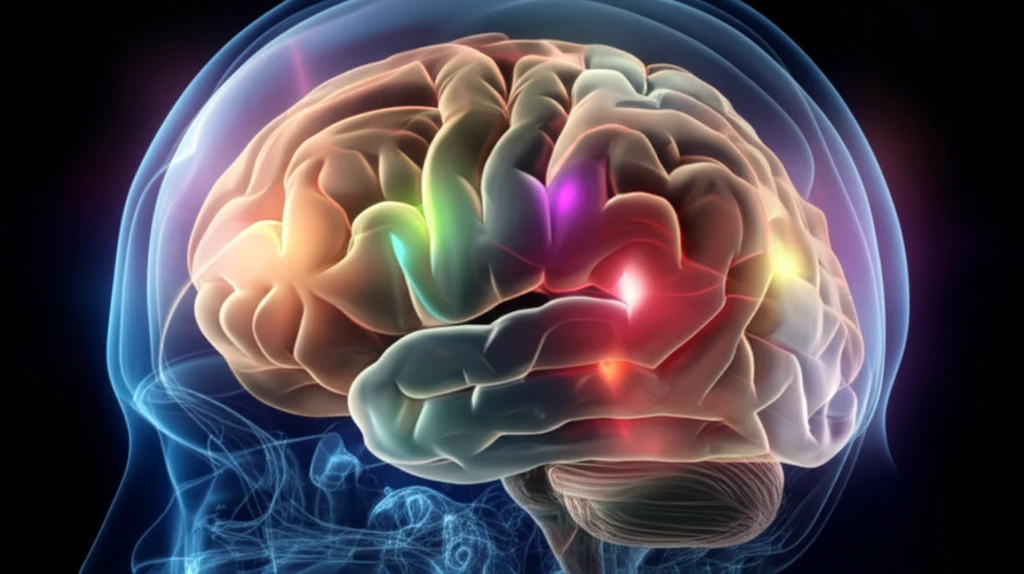
Decoding Brain Tumors: How New Research Could Improve Glioblastoma Treatment
"Exploring Innovative Approaches to Target Glioblastoma Stem Cells and Overcome Drug Resistance"
Glioblastoma (GBM) is one of the most aggressive and challenging cancers to treat. Despite medical advances, the prognosis for patients with GBM remains poor, with a median survival of just 12-15 months. A key reason for this is the presence of glioblastoma stem cells (TICs), which are resistant to current therapies and drive tumor growth and recurrence. Understanding how to target and eliminate these TICs is critical for developing more effective treatments.
Recent studies have focused on specific proteins and pathways that are essential for the survival and maintenance of GBM TICs. One such protein is Lysine-Specific Histone Demethylase 1 (LSD1), an epigenetic regulator involved in stem cell maintenance, cell proliferation, and tumor development. Inhibiting LSD1 could disrupt GBM TIC activity and potentially improve treatment outcomes.
Another major hurdle in GBM treatment is drug resistance. The blood-brain barrier (BBB), which protects the brain from harmful substances, also prevents many drugs from reaching tumor cells. Additionally, certain proteins, like ABCB1 and ABCG2, actively pump drugs out of brain cells, further reducing the effectiveness of chemotherapy. Overcoming these drug resistance mechanisms is essential for improving treatment efficacy.
Targeting Glioblastoma Stem Cells with LSD1 Inhibitors

Researchers have found that LSD1 is upregulated in human GBM tissues and patient-derived TICs compared to normal brain cells, suggesting it plays a crucial role in GBM development. Targeting LSD1 with chemical inhibitors or genetic silencing techniques does not affect the viability or proliferation of GBM TICs directly, but it significantly reduces their stem cell frequency. This means that inhibiting LSD1 can reduce the number of cells capable of driving tumor growth and recurrence.
- LSD1 is highly expressed in GBM TICs compared to normal brain cells.
- Inhibiting LSD1 reduces the stem cell frequency of GBM TICs, both in vitro and in vivo.
- Targeting LSD1 prolongs survival in GBM xenograft models.
- LSD1 inhibitors may offer a new therapeutic approach for GBM management.
The Future of Glioblastoma Therapy
The studies discussed offer hope for improving glioblastoma treatment by targeting glioblastoma stem cells and overcoming drug resistance. LSD1 inhibitors show promise in reducing the stem cell frequency of GBM TICs and prolonging survival in preclinical models. Strategies to overcome the blood-brain barrier and inhibit drug efflux transporters could also improve the effectiveness of chemotherapy.
However, more research is needed to fully understand the mechanisms underlying these effects and to develop safe and effective therapies for human patients. Clinical trials are necessary to evaluate the efficacy of LSD1 inhibitors and BBB-modulating agents in GBM patients. Further research into the molecular characteristics of GBM and the role of the immune system is also warranted.
By combining these innovative approaches, researchers hope to develop more effective and personalized therapies for glioblastoma, ultimately improving the prognosis and quality of life for patients with this devastating disease.
